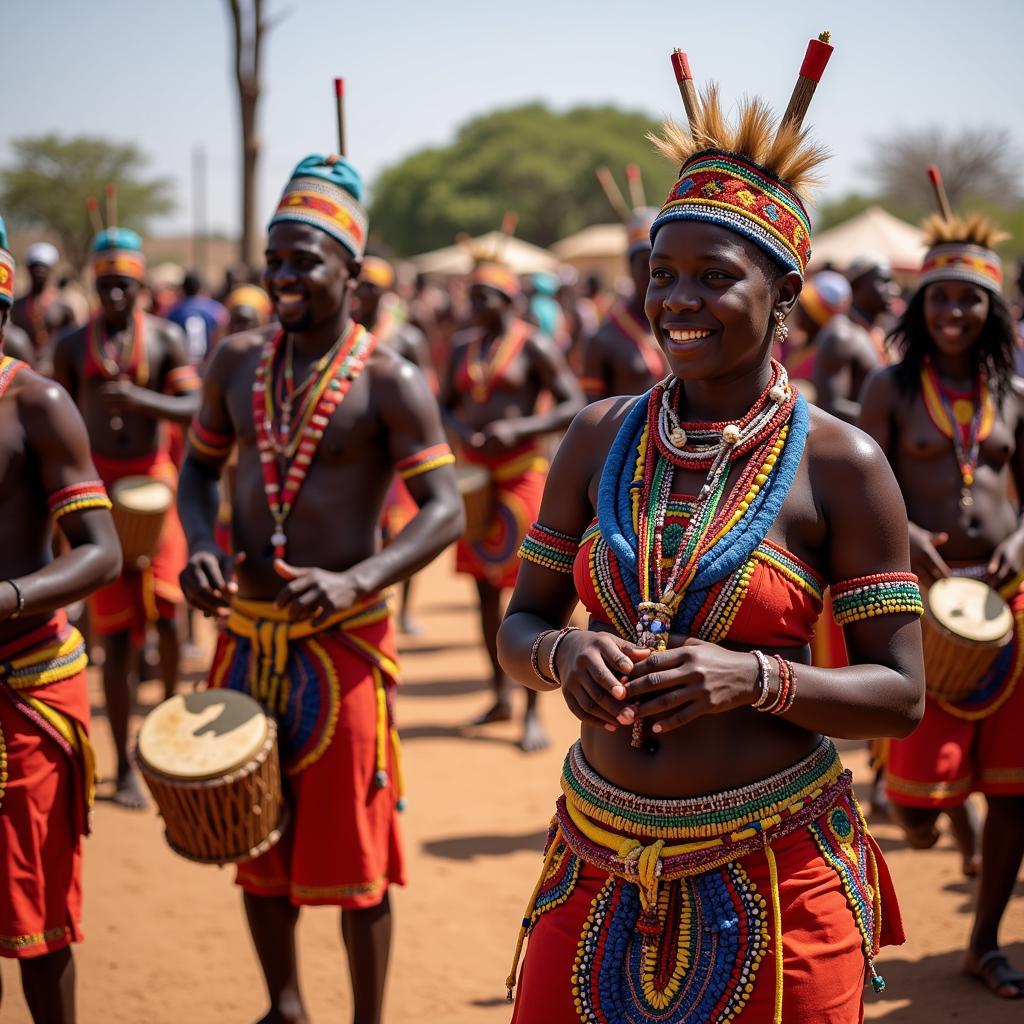African Gujarati: A Cultural Tapestry Woven Across Continents
The term “African Gujarati” may seem like an unlikely pairing, yet it represents a vibrant and enduring community that has made significant contributions to the social, economic, and cultural landscape of Africa. For centuries, Gujarati people have migrated from the western coast of India to various parts of Africa, leaving an indelible mark on their adopted home. This article delves into the fascinating history, traditions, and contemporary life of African Gujaratis, exploring their unique identity and the rich tapestry they have woven across continents.
Historical Waves of Migration: From Traders to Tailors
The Gujarati presence in Africa dates back to the 16th century, when intrepid traders sailed across the Indian Ocean, drawn by the allure of commerce and new opportunities. These early Gujarati merchants established trading posts along the East African coast, exchanging textiles, spices, and other goods with local communities.
Subsequent waves of migration in the 19th and 20th centuries saw Gujarati people settling in various parts of East Africa, including Kenya, Tanzania, Uganda, and Mozambique. While trade remained a primary occupation, many Gujaratis also ventured into other professions, becoming successful shopkeepers, artisans, and professionals. The arrival of indentured laborers from Gujarat in the late 19th century further diversified the community’s presence, with many working on railway construction and on plantations.
Cultural Preservation and Adaptation: A Blend of Indian and African Influences
Despite their geographical distance from India, African Gujaratis have remarkably preserved their cultural heritage, passing down traditions and customs through generations. The Gujarati language, a distinct Indo-Aryan language, is still spoken widely within the community, and many African Gujaratis are fluent in both Gujarati and the local languages of their respective countries.
Religious practices, too, play a central role in African Gujarati identity. Hinduism and Jainism are the two major religions followed by the community, and temples and Jain derasars (places of worship) serve as important social and spiritual hubs. Festivals like Diwali, Navratri, and Holi are celebrated with great fervor, bringing together families and communities in vibrant displays of culture and tradition.
However, the Gujarati experience in Africa has not been one of mere cultural preservation. Over the years, African Gujaratis have engaged in a dynamic process of cultural exchange, adapting their traditions to the local context. Swahili and other African languages have influenced Gujarati dialects spoken in East Africa, and traditional Gujarati cuisine has incorporated local ingredients and flavors. This blending of cultures has enriched the tapestry of African societies, creating a unique and vibrant cultural hybridity.
Socioeconomic Contributions: Pillars of Enterprise and Philanthropy
African Gujaratis have played a pivotal role in the economic development of their adopted countries. Known for their entrepreneurial spirit and business acumen, they have established thriving businesses in a wide range of sectors, from retail and manufacturing to finance and technology. Their contributions to economic growth and job creation have been significant, earning them respect and recognition in their respective communities.
Moreover, African Gujaratis are known for their strong sense of community and philanthropy. They have established numerous charitable organizations and educational institutions, contributing to the social well-being and development of their communities. Their commitment to giving back has made a lasting impact on the lives of countless people across Africa.
Contemporary Challenges and the Future of African Gujaratis
While African Gujaratis have achieved remarkable success, they have also faced challenges over the years. Political instability, economic downturns, and instances of discrimination have at times tested their resilience. The rise of globalization and the increasing interconnectedness of the world have also raised questions about the future of their cultural identity.
However, African Gujaratis have consistently demonstrated their adaptability and determination. They have actively engaged in political and social movements, advocating for their rights and contributing to nation-building efforts. Younger generations are embracing their dual heritage, forging new identities that blend their Gujarati roots with their African experiences.
Conclusion: A Legacy of Resilience and Cultural Fusion
The story of African Gujaratis is a testament to the enduring human spirit of migration, adaptation, and resilience. They have woven a rich tapestry of cultural fusion, contributing significantly to the social, economic, and cultural landscape of Africa. Their story is a reminder of the beauty and complexity of human diversity, and the enduring legacy of cultural exchange.
FAQ
- What is the origin of the term “African Gujarati”? The term “African Gujarati” refers to people of Gujarati ancestry who have settled in various parts of Africa.
- When did Gujaratis first arrive in Africa? The Gujarati presence in Africa dates back to the 16th century.
- What are some of the major religions practiced by African Gujaratis? Hinduism and Jainism are the two major religions followed by the community.
- What are some of the economic contributions of African Gujaratis? African Gujaratis have established thriving businesses in various sectors, contributing significantly to economic growth.
- What are some of the challenges faced by African Gujaratis? They have faced challenges such as political instability, economic downturns, and discrimination.
Other Resources
- Article on the history of Gujaratis in East Africa
- Documentary on the cultural traditions of African Gujaratis
Need assistance? Contact us:
- Phone: +255768904061
- Email: kaka.mag@gmail.com
- Address: Mbarali DC Mawindi, Kangaga, Tanzania.
Our customer care team is available 24/7.


